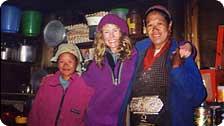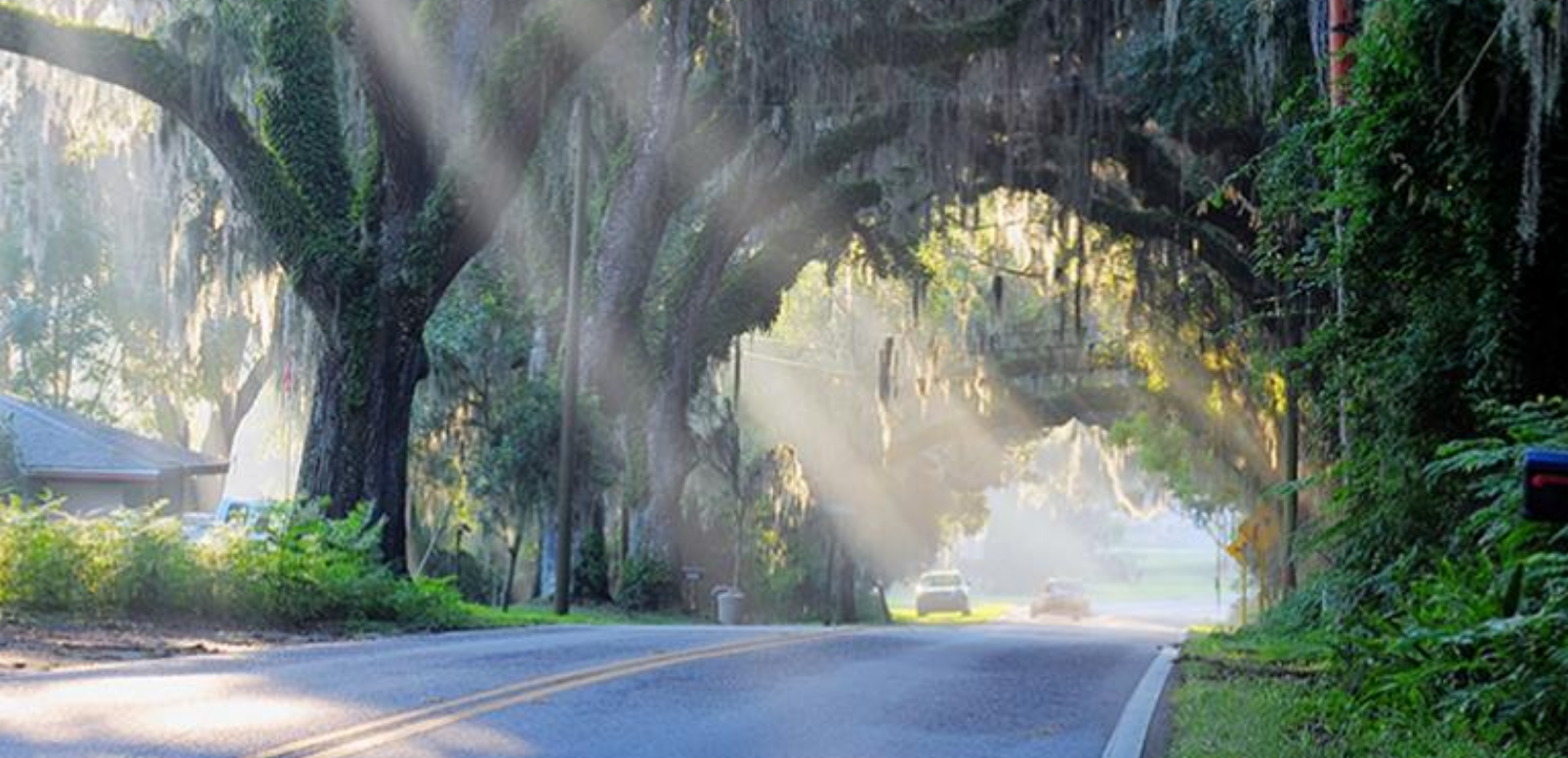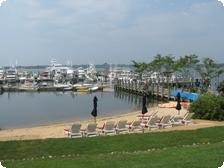Lately I’ve been thinking a lot about art. I’ve been painting large 4-foot by 4-foot canvasses covered with layers of electric, abstract colors, and each day that I can, I turn off the phone and court a kind of tingling surrender to hues, shapes and textures as they pass through me.
What’s stunning is that these images seem to transmit themselves by some exquisite grace onto my oversized surfaces. They move out from me as if by an invisible hand, accompanied by an attendant inner voice which whispers, “put crimson here; then, ultramarine there…” And, as with most acts of passion, the more I court this state of grace of being spoken to, the more it courts me.
Yet, in the midst of this bidden inspiration, I’ve been asking myself where the impetus for these visions comes from. God knows artists across the centuries have asked themselves this same question. And though the answer to the search for the origins of inspiration must always speak to the force of the divine which moves through me as I paint (or sing or write), there’s something of my travels which is appearing on my canvasses lately which leads me to believe I am being spoken to by my world.
One of the greatest gifts I’ve been given from traveling is the sense of feeling myself connected to the other side of the earth. It’s a sensation of knowing beyond my own time and space, of being moved by places and reminiscences of history and culture which resonate so far beyond anything in my little, goal-oriented American world as to humble me before the artistry of how life moves throughout the ages. This wave of feeling connects me to each country’s people, to the spirits of those (living and dead) whose lives and achievements touch mine as I pass across each continent.
But what is especially poignant to me lately is how traveling has connected me to color. There are washes of it everywhere in my memory. If I think about it long enough, I see that there are palettes for each of my adventures to other lands—a synthesized experience that can be represented abstractly by naming a few hues, tints or washes of color. This wild recognition, and how it translates into art, has me completely mesmerized at the moment.
What’s exquisite about this realization is that color can transmit itself as an experience, a whole-souled sense-memory blocked upon a surface and recalled months after entire adventures, yet so visceral as to bring back the very tastes and smells of a country.
For me, there is nothing like the revelation of a new land I am about to fall in love with. To walk the earth of another country is to see things and sense things anew, and—now I’m realizing—to feel a vibrancy of colors not known at home.
It’s funny how we get used to the colors of our own land. We take it for granted that the browns look this way, and the greens look that way, and the subtleties of travel to, say, New York or Arizona, vary that sensibility slightly, but it is still the color palette of our own land.
Yet in the beyond—in the lands we consider foreign—even the soil has a different hue. Its luminescence resonates from someplace else, from a well of sensuality other than what is known to the homeland eye. The sand-brown dirt of Kathmandu, the electric greens of the New Zealand hills, the red-gold sunsets of the Cairo desert are all grounded in a kind of earth-bound vibrancy that lifts shades of itself from another, different, inner light.
How do I say in words what is being transmitted in color, sensation and sensibility? Even this essay is a kind of foreign land—a land of using a variant medium to stretch the heart, and to try to put into words what is wordless.
I read a wonderful book recently about the creative process of Leonardo de Vinci. The author asked the reader to express one single artistic impulse in many different mediums as an exercise to cross sensibilities, much like the great artist did himself. I took something that inspired me—a washed pink and lavender sketch-on-the-sky at 6:00 am—and then wrote it, sang it, drew it, and put it into words. Then, I was asked to synthesize the experience into one sound, color or word. That morning sky was “tenderness” for me, as sure as I am breathing. Later, that same exercise made me ask myself a central question: What are the colors of the countries that rule my heart?
In half of a second, my eyes filled with the gleaming golden mammoth Buddhas in Bangkok, the crimson-reds of the Tibetan temples in Nepal, the tender blues of the Uruguayan sea, and the sun-burnt yellows of the Tuscan countryside. As I turned, there were the ageless patinas of the small side-street homes of Venice, and the fiery greens of a flower-bed discovered in the midst of the Dead Sea desert. Then, the golden statue stumbled upon in a grey tenement yard in Egypt, the brocade mosaics of vibrant stones embedded in endless Cairo artifacts, and the electric violet of the Himalayan dawn.
My heart remembers the flashes of rich, dark golden teeth inside the earthy faces of Nepalese tea-house hostesses, the white-white of the sun-bleached Jerusalem Western Wall, the gold—shimmering, shining, watery, and glistening—of a Madeira sunset with a crooning fado-singer serenading in the evening. There is the ancient stone street outside a Portuguese church covered with rows of bright yellow, red and pink cut flowers, and the exquisite abstract pandemonium of color flying as the bride and groom ran through them.
There are painted sunsets on the Mexican coast, the dream-vision of the pyramids as once entirely covered with gold as I climbed them, the sheer, flowing, bluish-purples of Indian Sari fabrics I bought in the street, and the flashes of the late-evening pink in the sky as I floated in the Israeli Mediterranean.
There is color everywhere in my adventures—flashes of it, washes of it, tastes and scents and visions of it. And that it should show up on my canvasses as an awakening of hues which washed over me, lodging in my soul in say, Argentina, and then re-appearing years later in an abstract painting ground into a wooden surface and shimmering with wild reds and golds, is absolute magic.
In abstract painting, I do not set out to paint “something.” It is a sensibility I am after when I take brush to canvas, a feeling more than a shape. It’s the same way for me when I travel. I’m out to experience something in no particular order, but guided by a set of next-indicated-steps that are spoken to me through myriad guideposts both internal and external.
Ultimately, I realized lately, what’s underneath both traveling and painting is that I don’t care very much about the outcomes. What I’m after is the experience. I paint because it courts me, just like traveling. It calls me to surrender to it because it deepens my sense of being alive. It enriches daily life for me to take brush to canvas, the way it deepens my days to feel Thailand when I’m standing in L.A.
Somewhere, I read a great quote which reads, “It was bliss in that dawn to be alive.” I have no idea who wrote it, or what context it was taken from, but it is taped to my refrigerator in a kind of daily testimony to the feelings I am expressing here—that the wash of it all, the very abstract and exquisite hues of my time on this planet, are a beautiful testimony to life, to experience, and to the grace of seeing beauty in all things.
I believe that all we take with us is our experience. For me, what will burn in my soul are these lights—these whole countries of reds and golds and greens and yellows and blues, shared in every shape, texture and hue—and I will rest in that bliss, knowing that my world has been seen and loved, and that it has truly been my own gorgeous, color-lit canvas.
















